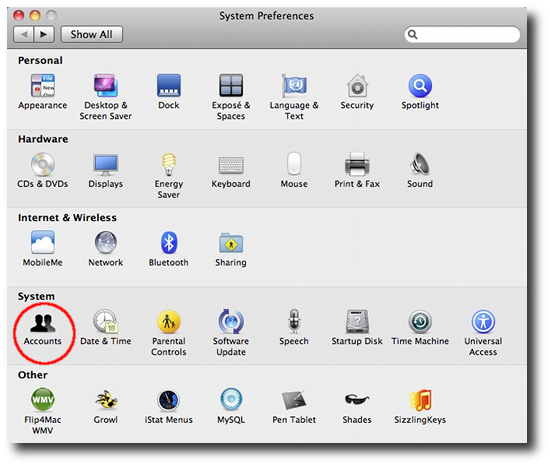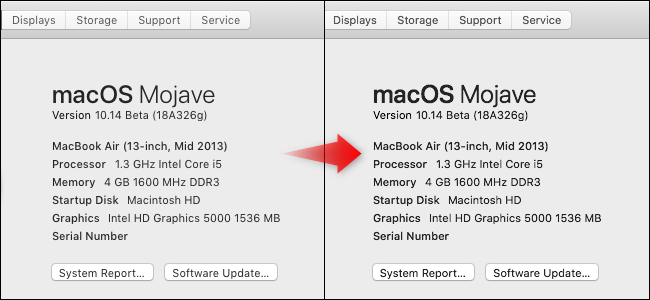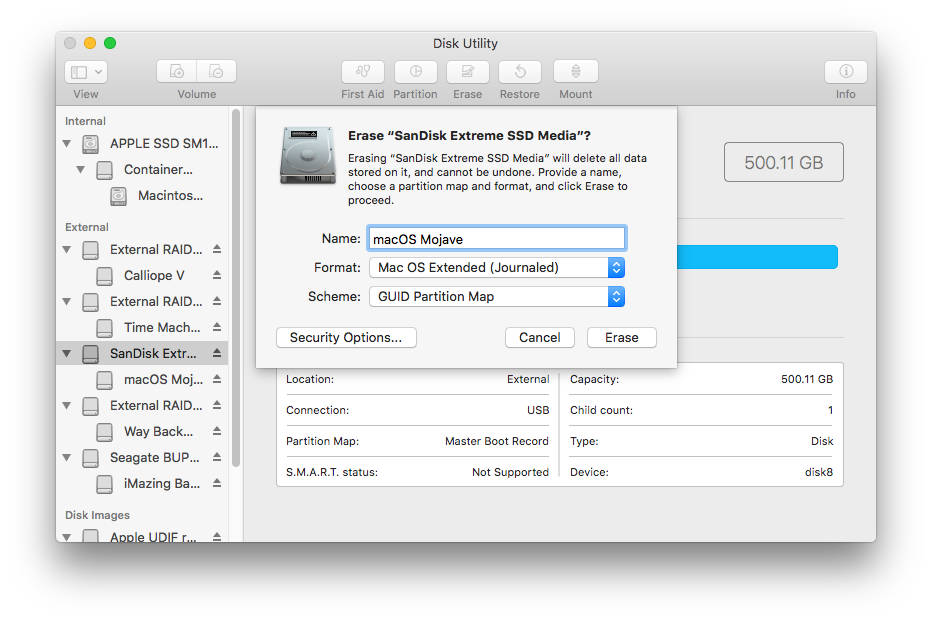

- #HOW TO CHANGE MAC STARTUP PROGRAMS MAC OS MOJAVE HOW TO#
- #HOW TO CHANGE MAC STARTUP PROGRAMS MAC OS MOJAVE INSTALL#
- #HOW TO CHANGE MAC STARTUP PROGRAMS MAC OS MOJAVE UPGRADE#
- #HOW TO CHANGE MAC STARTUP PROGRAMS MAC OS MOJAVE FULL#
*Print this page or open this page on another device so you can refer to it later.
#HOW TO CHANGE MAC STARTUP PROGRAMS MAC OS MOJAVE HOW TO#
How to Update & Reinstall macOS Without Losing Data Then follow the detailed guide below to reinstall Mac OS via macOS Recovery mode, which enables you to reinstall macOS, restore your files from Time Machine, repair or erase a disk, and more. Remember to back up your Mac to an external hard drive for preventing system update failure or unexpected troubles from happening.

The good news is that, if you follow the instructions strictly to update your Mac Operating System, the chance to lose data on your Mac is quite slim, since a reinstallation just needs to create a new copy of the OS, your existing files stored on your Mac won't be lost. When it comes to reinstalling macOS, users biggest concern is losing data on their computer. The need to update or reinstall your macOS always follow the release of a new operating system, the slow performance of your Mac, or a system crash.
#HOW TO CHANGE MAC STARTUP PROGRAMS MAC OS MOJAVE FULL#
Full stepsĪpplies To: macOS Big Sur, macOS Catalina, macOS Mojave, macOS High Sierra, macOS Sierra, or earlier Mac operating systemsĬadintosh x 8 5 14. Full stepsĪfter macOS installation, run EaseUS Mac data recovery software > Scan and recover lost data. Start Mac from macOS Recovery > Select 'Reinstall macOS' > 'Continue'. Workable SolutionsĢGB+ memory and 9GB+ storage space left on Mac > 45% + battery > Connect to internet.
#HOW TO CHANGE MAC STARTUP PROGRAMS MAC OS MOJAVE UPGRADE#
Then, if your Mac is running OS X Mavericks 10.9 or later, you can upgrade directly to macOS Catalina. Before you upgrade, we recommend that you back up your Mac. Compare what it says here to the table below to make sure your Mac. We can confirm using the following steps: Choose Apple menu About This Mac. In general, if your Mac was made after mid 2012, it should be compatible. If you need a detailed guide, follow through this page to get the desired macOS installed on your computer now:

#HOW TO CHANGE MAC STARTUP PROGRAMS MAC OS MOJAVE INSTALL#
This page covers the full process of how to update and install the latest macOS Big Sur, Catalina, Mojave, etc. If you still have worries, back up your Mac in advance or recover the lost files with EaseUS Data Recovery Wizard. To reinstall macOS, including the latest Catalina, Mojave, without losing data, you can follow the professional guide to update the OS, which will not cause data loss in most of the case.

When you update or reinstall the macOS, the last thing you want is probably losing data on your computer. Whenever there is a new macOS available, the need to reinstall macOS will surge. Is it safe to jump straight from that old OS to Catalina? If not, where can I find the older OS? I contacted Apple once and was told I might need to bring the desktop in and have it done in the store. My Mac is slightly older, late 2013, running Yosemite 10.10.5. To learn more about this topic visit the following articles:How to update the software on you. Here's how to upgrade macOS and adjust your update preferences.


 0 kommentar(er)
0 kommentar(er)
